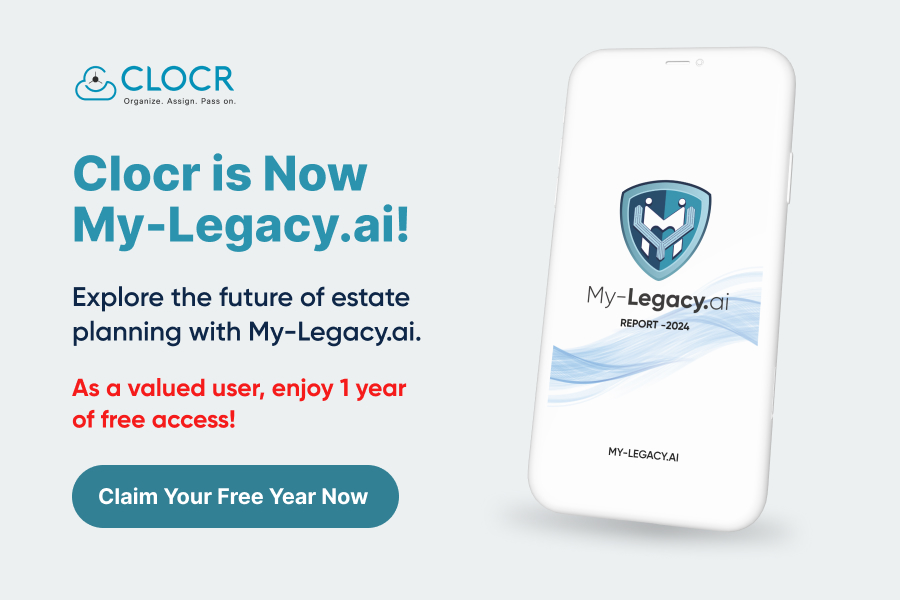Estate planning plays an important role in how we plan our lives and look out for our loved ones even after we’re gone. The purpose of creating an estate plan is to ensure that those we care about – our beneficiaries – continue to the receive the benefits from the estate that we have built for them, even after we pass away.
What is an irrevocable beneficiary?
An irrevocable beneficiary is a type of beneficiary you can add to different parts of your estate plan to give them additional rights. Naming someone an irrevocable beneficiary means you cannot revoke their status as a beneficiary or change the terms of the policy anytime you choose. By appointing someone as an irrevocable beneficiary to your assets, you give them additional rights:
- To allow changes in policy payout terms, only if they agree
- To revoke their status as a beneficiary, only with their consent
- To have guaranteed access to your assets
- To be notified if the policy lapses
- To be informed if there is an attempt to revoke their status
These additional rights of an irrevocable beneficiary make it important to understand why one would need to give this status to someone.
Why do you need an irrevocable beneficiary?
Adding an irrevocable beneficiary can be intimidating, especially given its possible irreversibility. Despite this, however, most people tend to add beneficiaries with the irrevocable status to their estate plans to:
- Ensure assets go exactly where they want them to
- Avoid worrying about updating bequests they’re completely sure about
- Guarantee inheritance to specific people
- Protect assets, in cases of multiple marriages and blended families
- Use specific assets, like payouts from life insurance policies, as collateral for loans
It is important to consider all situations and plan carefully before appointing someone as an irrevocable beneficiary. The inflexibility of adding one can complicate issues, instead of resolving them, like in the case of divorces.
How to remove an irrevocable beneficiary?
The purpose of adding an irrevocable beneficiary is to give them guaranteed rights while inheriting assets after your death. Therefore, removing an irrevocable beneficiary is not easy. The only way to remove someone is if:
- They voluntarily to step down from the role
- They accept your wish to revoke their status
Adding beneficiaries for digital assets
Most often, while estate planning, people tend to forget planning for their digital assets too. This includes creating an estate plan for your digital accounts and assets and naming beneficiaries for them to ensure your digital life is protected even after you’re gone.
Estate planning for digital assets is a relatively new concept. Allowing family members to access the online accounts of their deceased loved ones encroaches into an unknown territory riddled with service providers’ legacy policies and terms and conditions, and legal guidelines like RUFADAA.
Naming beneficiaries for these assets will ensure your loved ones don’t have to go through twice the financial, legal, and emotional turmoil to gain access to your cryptocurrency and family photos. You can easily do this using online tools like Clocr’s Digital Estate Planning platform.
Irrevocable Beneficiary FAQs
Irrevocable beneficiary vs revocable beneficiary?
An irrevocable beneficiary is someone you add to receive the benefits from your assets but cannot be removed unless they agree to it. A revocable beneficiary, on the other hand, can be removed and modified whenever you choose to, making it extremely important to update your estate plan regularly.
Is irrevocable beneficiary the same as primary beneficiary?
All irrevocable beneficiaries are primary beneficiaries too. Irrevocable and a primary beneficiaries are first in line to receive the benefits of an estate. However, primary beneficiaries can be both revocable and irrevocable.
Do I need to add contingent beneficiaries even I have an irrevocable beneficiary?
Yes. Adding contingent beneficiaries ensures that the benefits of your assets go to the people you choose, even if your irrevocable and/or primary beneficiary is predeceased or refuses to accept the inheritance.
Create your secure digital estate plan and add beneficiaries to your online accounts easily today!

